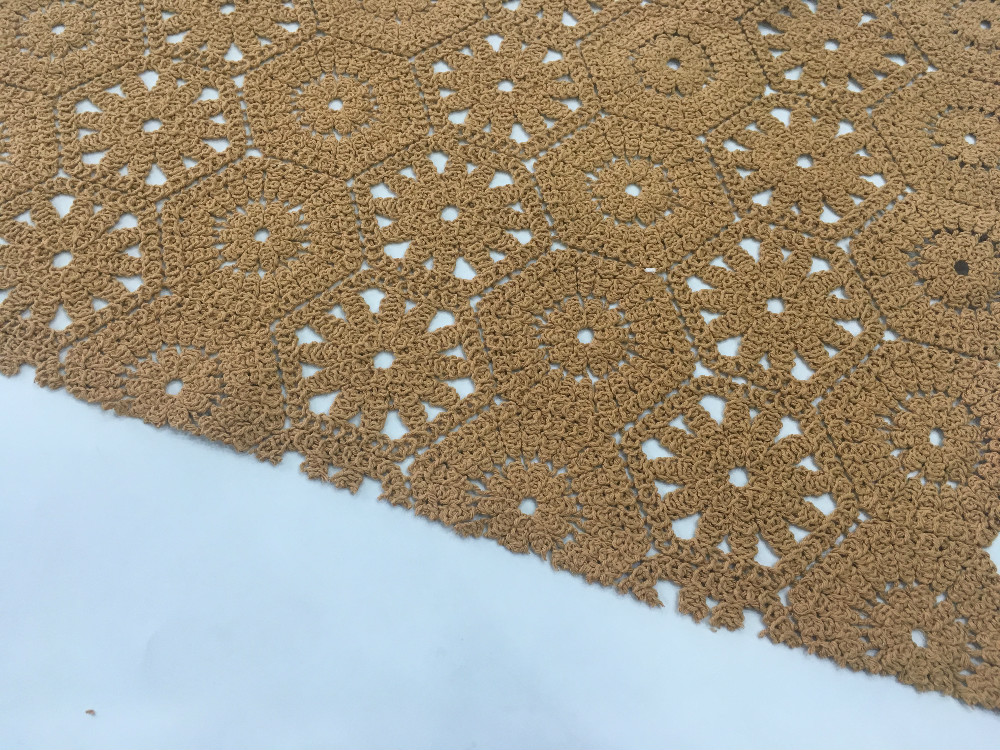Amber is a resin fossil that was buried in the ground tens of millions of years ago. After a certain chemical change, it is an organic mineral. What is the history of amber formation?
Amber was formed between 40 million and 60 million years ago. It belongs to the geology of Eocene. It is a fossil of precious pine resin that undergoes qualitative change after high pressure and high heat extrusion through the earth's rock formation.

Amber is a non-crystalline organic semi-precious stone, exquisite and light, and the touch is warm and delicate. Most of the amber is transparent, with a wide variety of colors and variations, the most common in yellow, red, green and extremely rare blue.
Amber, ancient Chinese called "ç‘¿" or "legacy jade", the legend is the soul of the tiger, so it is also called "tiger." Amber has been regarded as a precious treasure since ancient times, because amber comes from pine resin, and pine trees in China symbolize longevity. Some amber does not need to be ignited and burned. With a little touch, it can release a charming rosin atmosphere, which has the effect of calming the mind and is widely used as a religious artifact.
Since ancient times, Chinese people have loved the pine scent, and Amber and Ambergris are precious spices. Tang (Xijing Miscellanies) records that after the Hancheng Emperor Zhao Feiyan was a pillow amber pillow for aroma. After 1,600 BC, the inhabitants of the Baltic Sea traded tin and amber as a currency, trading with tribes in the southern region in exchange for copper weapons or other tools. In the second millennium BC, the Methonians, Phoenicians and Etruscans in central Europe formed a commercial network of amber (note: Etruria is an ancient country in western Italy), during the same period, The Baltic amber passes through the Aegean Sea and turns to the east coast of the Mediterranean. Archaeologists have excavated bottles and pots from the ancient Greek Mycenaean civilization in Syria, and found the amber necklace of the Baltic Sea in the container. In the fifth century AD, the Romans went farther into the Baltic Sea, looking for amber, and the amber trade was also in this period, reaching an unprecedented grand occasion. In the Middle Ages, the Baltic amber was popular with the use of religious artifacts.
In the East, amber is also cherished by various nationalities, especially Arab, Persian, Turkish and Chinese.
Cotton Guipure Embroidery Fabric
The yarn of Cotton Guipure Embroidery Fabric is matt polyester.Most are designed by ourselves and they are in good quality and vogue in the market
Blow Granny Chic Cotton Flower Guipure Embroidery Fabric

It`s in soft handfeeling and suitable for children dress.evening party dress .garment dress etc and shipped to American.European and Turkey
Cotton Guipure Lace Fabric,Guipure Embroidery Lace Fabric,Cotton Guipure Embroidery Fabric,Cotton Guipure Embroidery Lace
SHAOXING MINGHEE EMBROIDERY CO,LTD , https://www.zjembroideryfabric.com